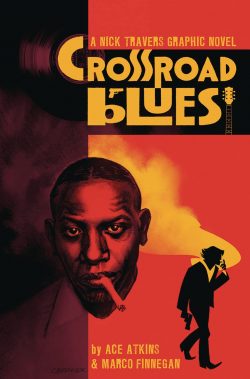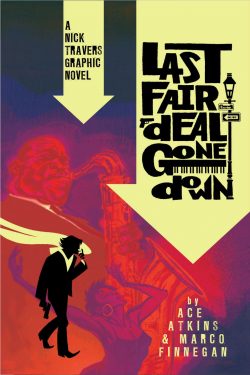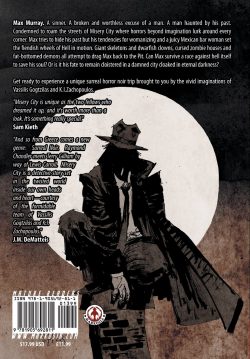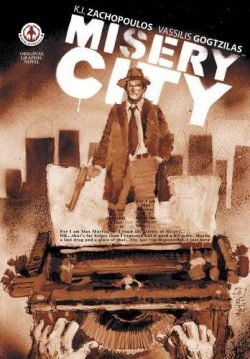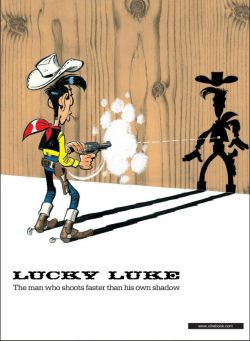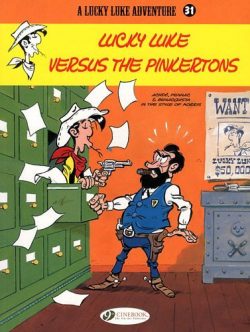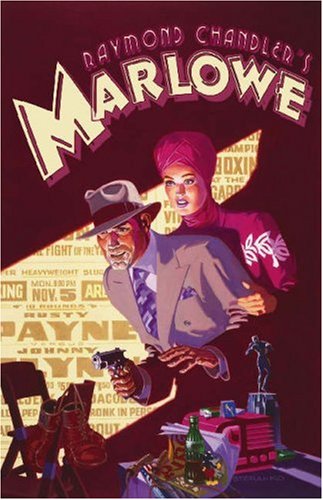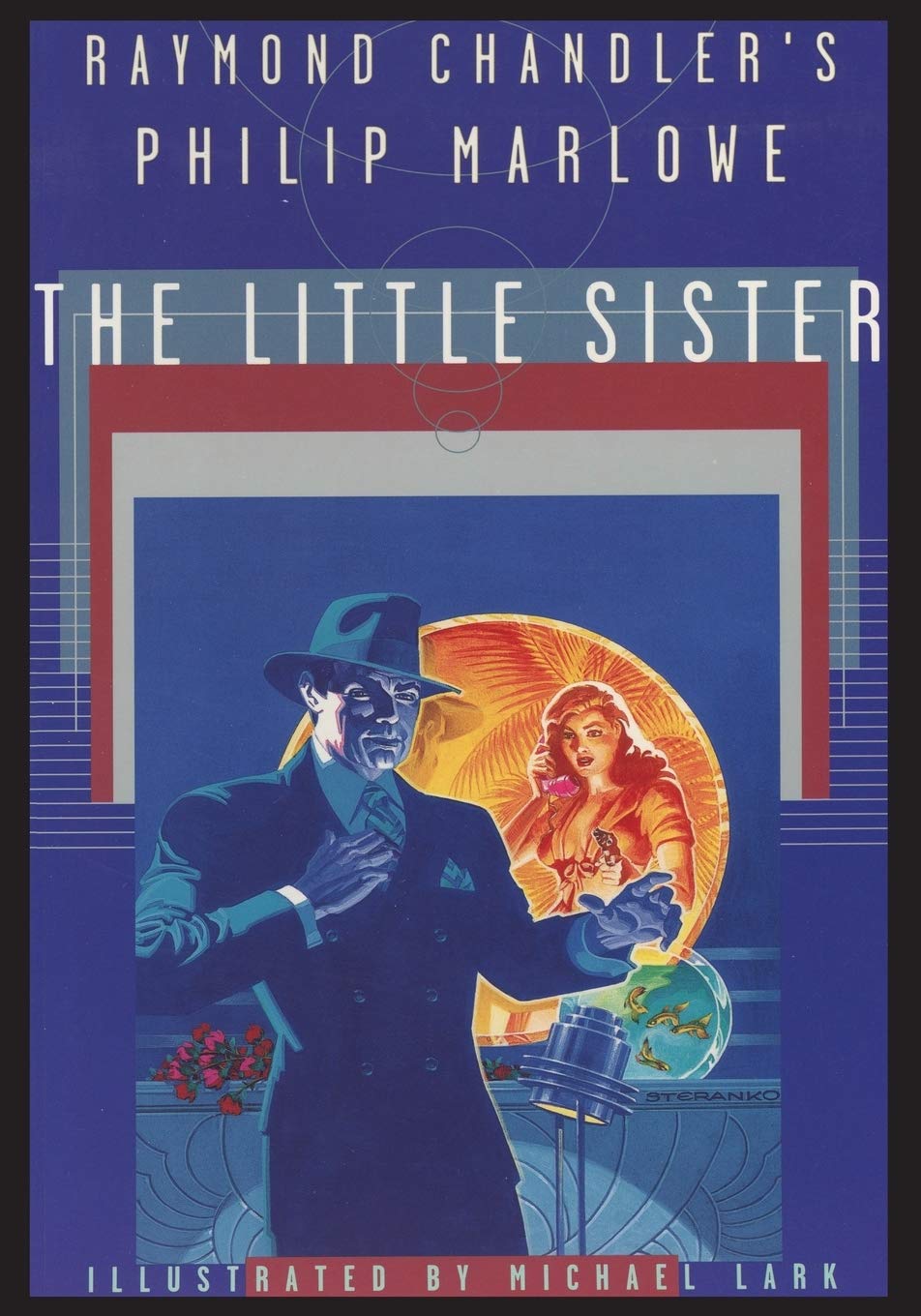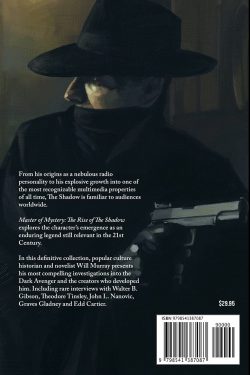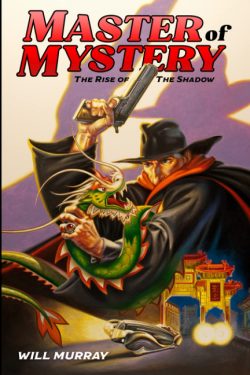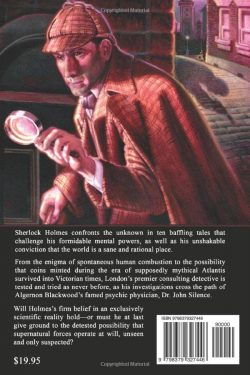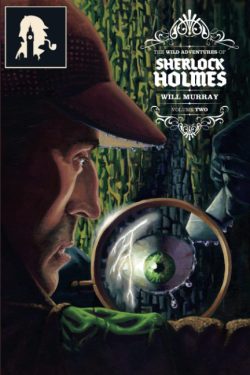
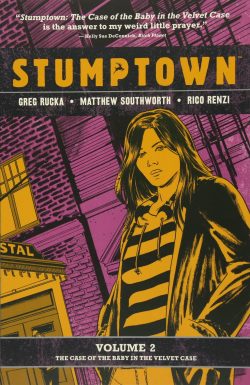
By Greg Rucka, Matthew Southworth, Rico Renzi & various (Oni Press)
ISBN: 978-1-93496-89-7 (HB) 978-1-620104-80-4 (TPB) eISBN: 978-1-62010-032-5
Plenty of superhero, supernatural and sci fi comics make the jump to TV and movies these days, but not so many crime sagas. One that did came from ever-entertaining, prodigiously prolific, multi award-winning Greg Rucka.
A screenwriter (The Old Guard) and novelist (Atticus Kodiak crime sequence, Jad Bell series and a whole bunch of general thrillers), he also crafts astounding graphic thrillers like Whiteout, Queen & Country, Lazarus or The Old Guard whilst excelling on major properties and characters including Star Wars, Batman, Gotham Central (co-scripted by Ed Brubaker), Superman, Wonder Woman, Grendel, Elektra, The Punisher, Wolverine and Lois Lane. He has been a major contributor to epic events such as 52, No Man’s Land, Infinite Crisis and New Krypton.
To my mind this most engaging original comicbook concept features a non-traditional private eye barely getting by in the writer’s own backyard: Portland Oregon – AKA “Stumptown”…
The series launched in November 2009 as a 6-issue miniseries, with modern day Portland a vibrant and integral character in the story. A huge hit, the series was indefinitely extended and ran until #19. The TV show launched September 25, 2019 and was equally entertaining and initially successful, before dying after one superb season during the worst days of the pandemic.
Fronted by Kelly Sue DeConnick’s Introduction ‘On Stumptown’ and illustrated by Matthew (Savage Dragon, Ares, Infinity Inc.) Southworth and supplemental colourist Rico Renzi, the daily grind resumes with ‘The Case of the Baby in the Velvet Case’. Here we meet again Dexadrine Callisto Parios, independent private detective and sole owner/primary operative of Stumptown Investigations.
Professionally, things are on the up. “Dex” now has an actual office to work out of, but still struggles with bills, two mortgages, a gambling problem, impulse control and dangerously implacable ethics. She’s also caring for dependent brother Ansel and ignoring other people’s opinions of her bisexuality – or more likely her attitude to them shoving their noses into problems she doesn’t want to confront yet…
After a missing persons case struck far too close to home made her name, briefly secured her future and brought her to the unwelcome attention of billionaire crime-boss/legit businessman Hector Marenco, Dex hoped life would settle down to regular PI gigs: cheating spouses, lost wills and the like.
In fact, there is a lot of that, like the potentially rewarding work-pilferage job she turns down after learning it would be for one of Marenco’s shady enterprises…
Suddenly, things get complicated and crazy again when a living legend walks through the door of her new office. Miriam “Mim” Bracca is a local legend made good globally and her band Tailhook are the epitome of wild success and excess. The megastar has a unique problem though: someone has stolen her baby…
The sweet child in question is a 1977 Gibson Les Paul, perfectly restored and utterly adored. It’s her favourite guitar: more crucial to her life and wellbeing than all her internal organs combined. The sweet precious vanished during or after the last gig and she doesn’t care if it’s just lost or been stolen. Mim will pay anything to get her true and perfect soulmate back…
Parios is astounded and reminds the star that the police work for free. Bracca however, has just ended an affair with Detective Tracy Hoffman (Dex’s inside pal on the Portland Police Bureau) and resoundingly rules that out…
Swallowing a huge amount of sheer fan froth, Dex gets down to business: checking Mim’s mental state and physical dependencies. Once convinced she’s serious, it’s all about the process, and Dex looks into just how much Mim Bracca’s go-to guitar is worth on the open market before interviewing the other band members, roadies and crew. It all seems silly but straightforward: a simple case of following well-rehearsed steps until the axe is recovered or uncovered, but there are levels of betrayal, criminality and deception in play that will make this job lethally risky business…
Dex gets her first inkling visiting Mim’s personal guitar manager Fabrizio Pullano, who she finds being beaten up by manically violent and remarkably dumb skinheads prepared to torture and kill to find the guitar. Being smart and handy, she soon sends them packing, and learns she’s in the middle of a covert DEA operation. Obnoxiously abrasive agent Cathy Chase and her so-mellow associate Mike Vela try to arrest, implicate and then co-opt her…
No stranger to legal officialdom and blinkered procedures, Dex correctly assesses there’s a lot more going on than a missing instrument, and despite hot Tailhook drummer “Click” Mayes being far more open and forthcoming than he needs to be in his interview, she leaps to an obvious conclusion…
A confrontation with her client convinces her that if drugs are being smuggled on Tailhook tours, the band know nothing about it, but Dex’s notion that she’s now got it all sussed bar some legwork evaporates when she gets home and finds Ansel and neighbour Grey playing with “Baby”.
An unidentified stranger left the hot item at Her House (!) in an obvious attempt to deliver a threat and end her involvement, but a quick examination of the case proves her suspicions and Parios knows this isn’t over at all…
In fact, the return of Baby triggers a rapid spiral of manic events as Tracy Hoffman confronts her old lover, the DEA try to arrest everybody, and viciously stupid skinheads Brad and Mick burst in guns blazing and spark one of the most spectacular car chases in comics…
Insanely, when the dust settles, the mystery remains. No one admits to taking Baby in the first place and Dex has to think again…
Happily, she deduces whoactuallydunnit just in time, and is there when the drug smugglers, their skinhead clients and the enigmatic mystery supplier move to recover their product and seek redress for their trouble. With a fluid and potentially deadly standoff resulting, Parios – as always – hangs tough, thinks fast and exploits her gift for making plans on the fly…
A superbly stylish thriller perfectly exploiting the nature of Oregon myth and culture, this yarn perfectly captures a magical place and its self-appointed shop-soiled white knight. Extras include Artifacts of Stumptown – a feature on Southworth’s art process plus promo posters.
Rucka excels in capturing character in meaningful but believable ways that add to understanding whilst always advancing the plot. Ansel (a superbly positive take on a neuro-atypical character: living with Downs Syndrome but realistically rendered, sensitively realised and fully participatory) is used to great effect and, as always, serves to ground Dex’s more dangerous impulses.
…And it’s all clever, witty fast paced and superbly action-packed. If you love crime drama, detective fiction, strong female role models or just bloody great storytelling, you need to pay a visit to Stumptown.
Stumptown volume 2: The Case of the Baby in the Velvet Case ™ & © 2013 Greg Rucka & Matthew Southworth. All rights reserved.

